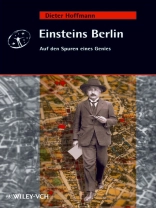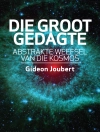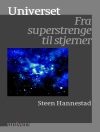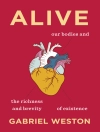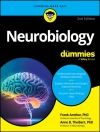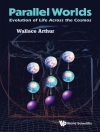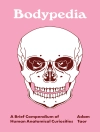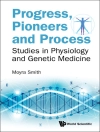’At Easter I’m going to Berlin as an Academy man without any obligations, rather like a living mummy, ’ Albert Einstein wrote in the fall of 1913. The most important physicist of the 20th century worked for nearly two decades in the Prussian metropolis. These twenty years represent the pinnacle of his scientific and social recognition — however they were also a period of increasing political and anti-Semitic attacks.
So what were the personal and scientific relationships that bonded Einstein so closely to Berlin? The author, himself an expert in scientific history, provides the answers: Readers accompany Einstein via 30 places in Berlin and surroundings, getting to know his contemporaries and all the important scenes of his life in the capital.
Numerous illustrations and photos of the historic settings and details from today’s street map allow readers to locate these places and so take a tour of one of the most significant chapters in modern history of science.
Innehållsförteckning
Introduction
Einstein in Berlin
1 The Berlin apartments
2 The places of work
3 Homo Politicus
4 Friends and acquaintances
References
Index of names
Index of places
Om författaren
Dieter Hoffmann studierte von 1967 bis 1972 Physik an der Humboldt-Universität zu Berlin; dort promovierte (1976) und habilitierte er (1989) auf dem Gebiet der Wissenschaftsgeschichte. Von 1976 bis 1991 führte er wissenschaftshistorische Forschungstätigkeiten an der Akademie der Wissenschaften der DDR aus und war danach u.a. Stipendiat der Humboldt-Stiftung. Seit 1995 ist er Mitarbeiter des Max-Planck-Instituts für Wissenschaftsgeschichte in Berlin und zugleich als außerplanmäßiger Professor der Humboldt-Universität tätig. Professor Hoffmann hat zahlreiche Publikationen zur Physik- und Wissenschaftsgeschichte des 19. und 20. Jahrhunderts veröffentlicht, die ihn als profunden Kenner von Leben und Werk Albert Einsteins ausweisen.
